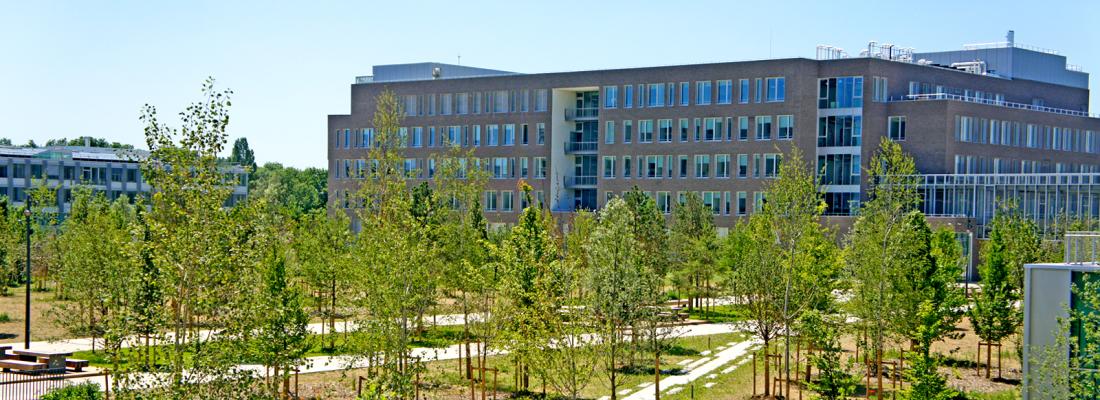Reading time 2 min
Shanghai Ranking 2022: for the third consecutive year, the Université Paris-Saclay is in the global top 20
Published on 30 August 2022

For the third year running, the Université Paris-Saclay is ranked as the world's leading university in mathematics. It is listed among the top 50 of the world's best universities in 10 disciplines and the top 100 in 17 additional disciplines. In particular, it is ranked:
- 9th in Physics,
- 11th in Agriculture,
- 20th in Clinical Medicine,
- 25th in Telecommunications Engineering and Statistics,
- 30th in Biotechnology,
- 34th in Automation and Control,
- 48th in Earth Sciences,
- 49th in Mechanical Engineering.
INRAE is a major player in life sciences within the Université Paris-Saclay. About 20% of INRAE's total workforce is located in the Île-de-France region, with nearly 1,400 permanent staff spread over the INRAE Versailles-Saclay and Jouy-en-Josas-Antony centres. More than 90% of its researchers in the Ile-de-France region are academically attached to the Université Paris-Saclay. Often working in association with AgroParisTech's teacher-researchers or with other organisations, their scientific output contributes significantly to the Université Paris-Saclay's ranking in Agricultural Sciences. The recent opening of the Agro Paris-Saclay campus under the aegis of INRAE and AgroParisTech confirms the commitment of these two establishments to training, research and innovation within the Université Paris-Saclay.
For further information:
https://www.shanghairanking.com/rankings/gras/2022
